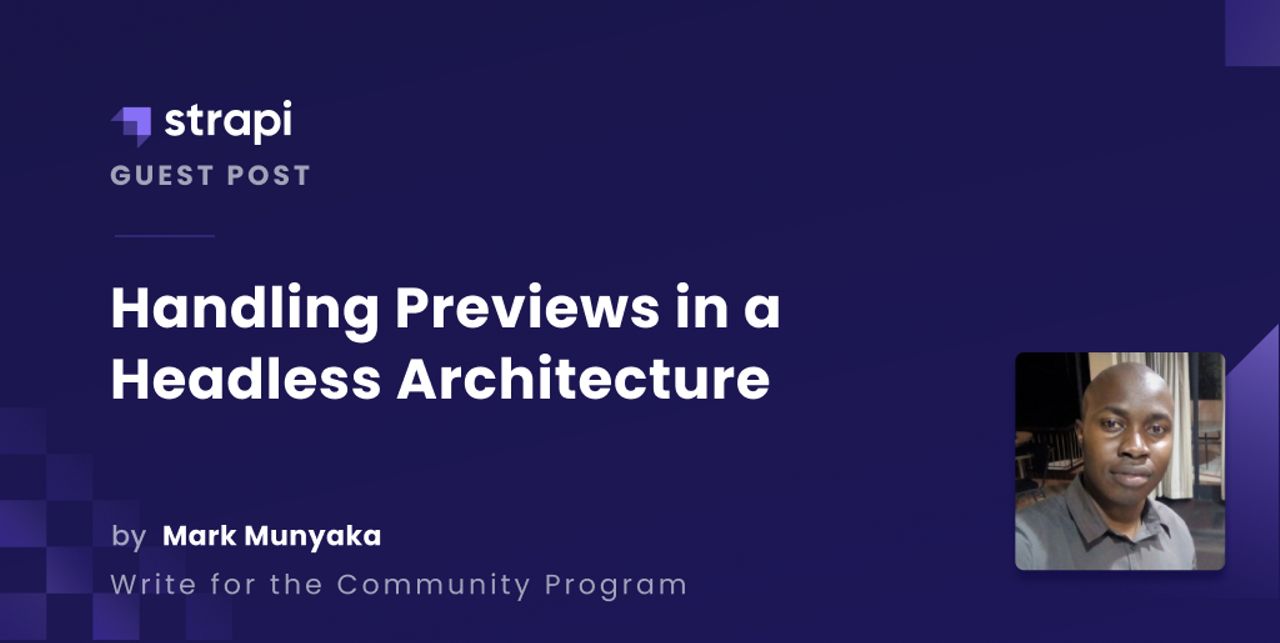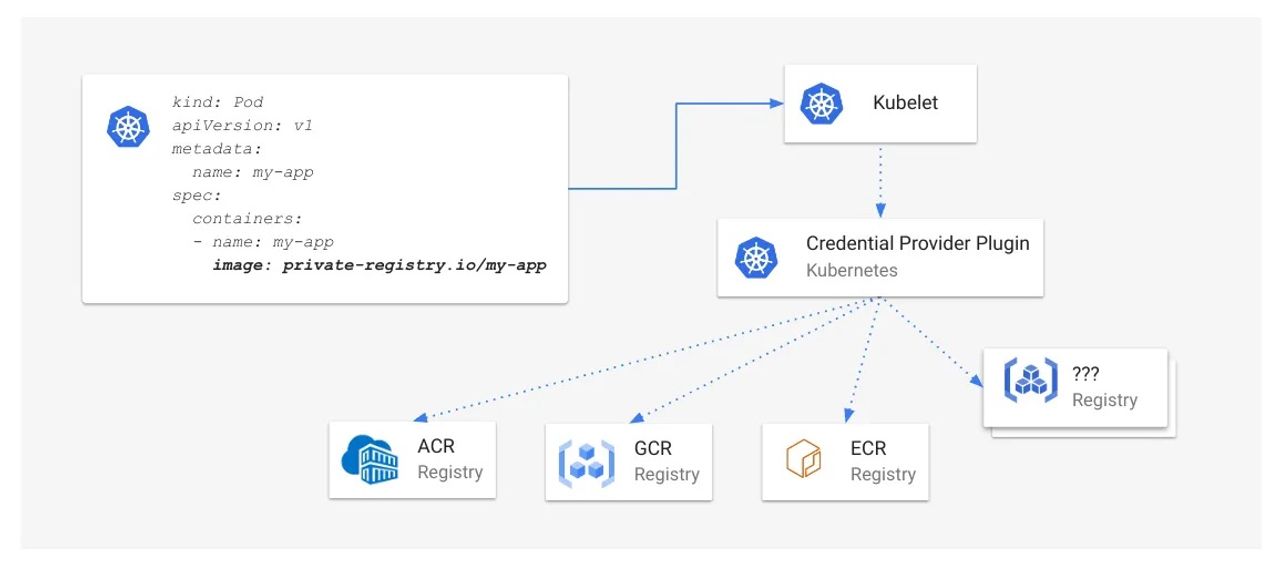There is an ongoing shift in content management from traditional CMS to headless CMS. A headless CMS allows you to completely separate your content management system from the presentation layer. The content is made available via API and can be consumed in any kind of frontend, from websites to mobile apps.
Using headless CMS has opened up a new way of building websites, known as pre-rendering. It is one of the best-known techniques in Jamstack, in which the website is compiled into a set of static assets like pre-built HTML, CSS, and JavaScript files with the help of a static site generator (SSG). During the build time, the files are created by collecting the data from a headless CMS. These files are cached to a content delivery network (CDN) and served to a user on each request from the nearest CDN node. This improves speed and response times and reduces hosting costs.
[…]
Shut down the Next.js development server by pressing Ctrl-C in your terminal and execute the following command to install bootstrap, react-bootstrap, and node-sass NPM packages for your Next.js website:
[…]
This tells the node-sass to compile the SCSS to CSS from the styles directory. In the styles directory:
[…]
In the Strapi CMS, the article content is written in Markdown, so you need a way to convert Markdown into HTML. For this, you can use the react-showdown NPM package.
To install react-showdown, execute the following command in your terminal:
[…]
To do so, you need to create a preview button component in React and inject it into Strapi Content Manager. This is done by creating a Strapi plugin.
[…]






